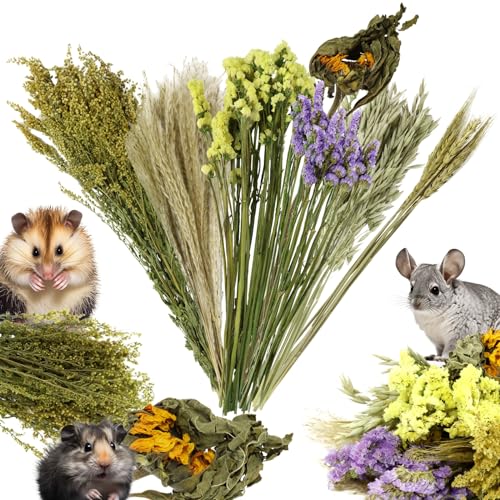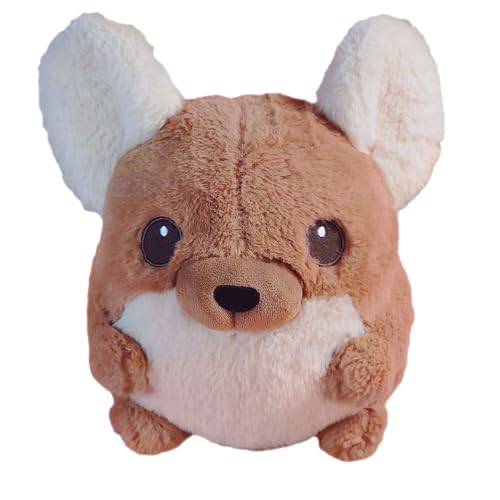ticklechin
Well-known member
At what age is malo considered genetic? Obviously if the chin is under a yr old, but if it shows up at 8 yrs old is it genetic or husbandry? Obviously the animal shouldn't be bred or sold to a pet home, but at 8 yrs old there are up to 4 or 5 generations passed that individual. That adds up to a lot of chins. What about other genetic issues? As a breeder I don't have my chins checked for heart murmurs, so I'm breeding chins with unknown health statis. What are all the issues considered genetic tha breeders should be held acountable in a perfect world?
Chins can malocclude for many reasons, not just genetic. From what I have seen, dealt with, talked with many vets, if it shows up young and its all inclusive its genetic, after that genetics can influence it but husbandry and the chinchillas chewing habits come into play. For example, I have had many malo chins, the ones who elongated along with malo had teeth that grew in excess of 6mm a week, most chins its 1-3 mm a week, all under the same conditions of being hand fed 100%.





















































